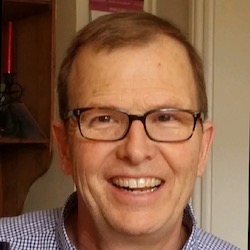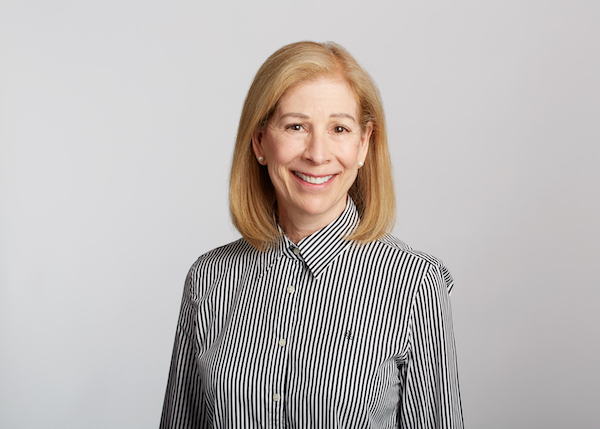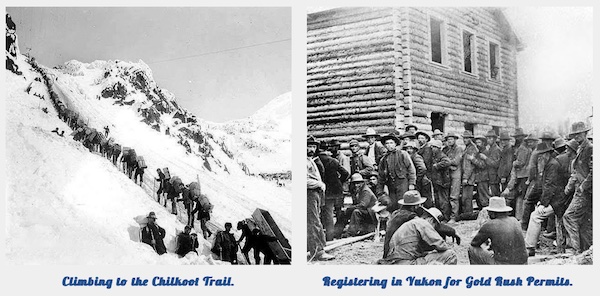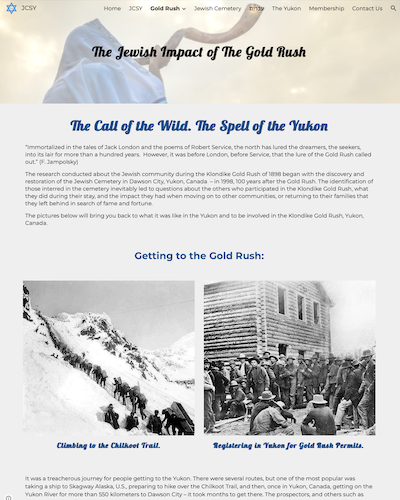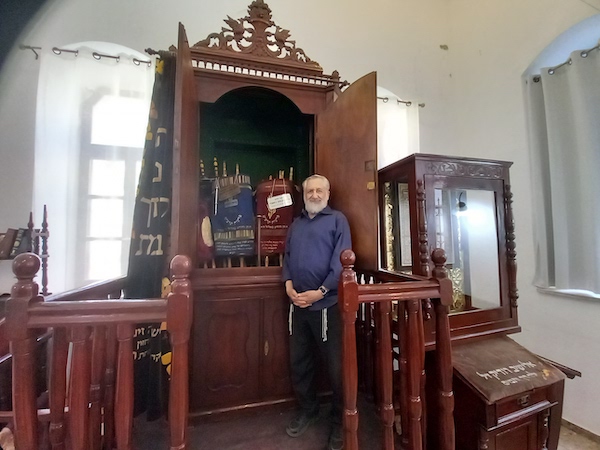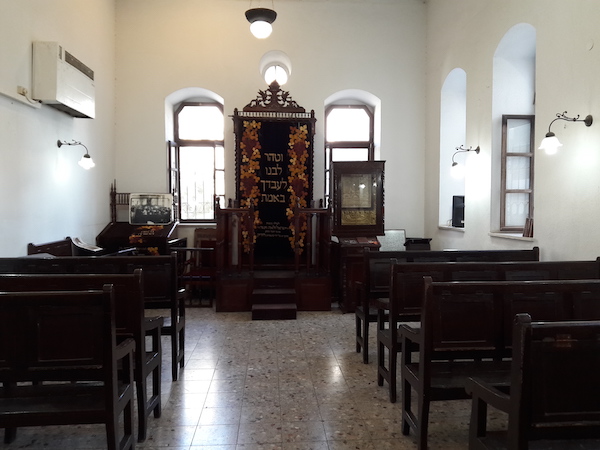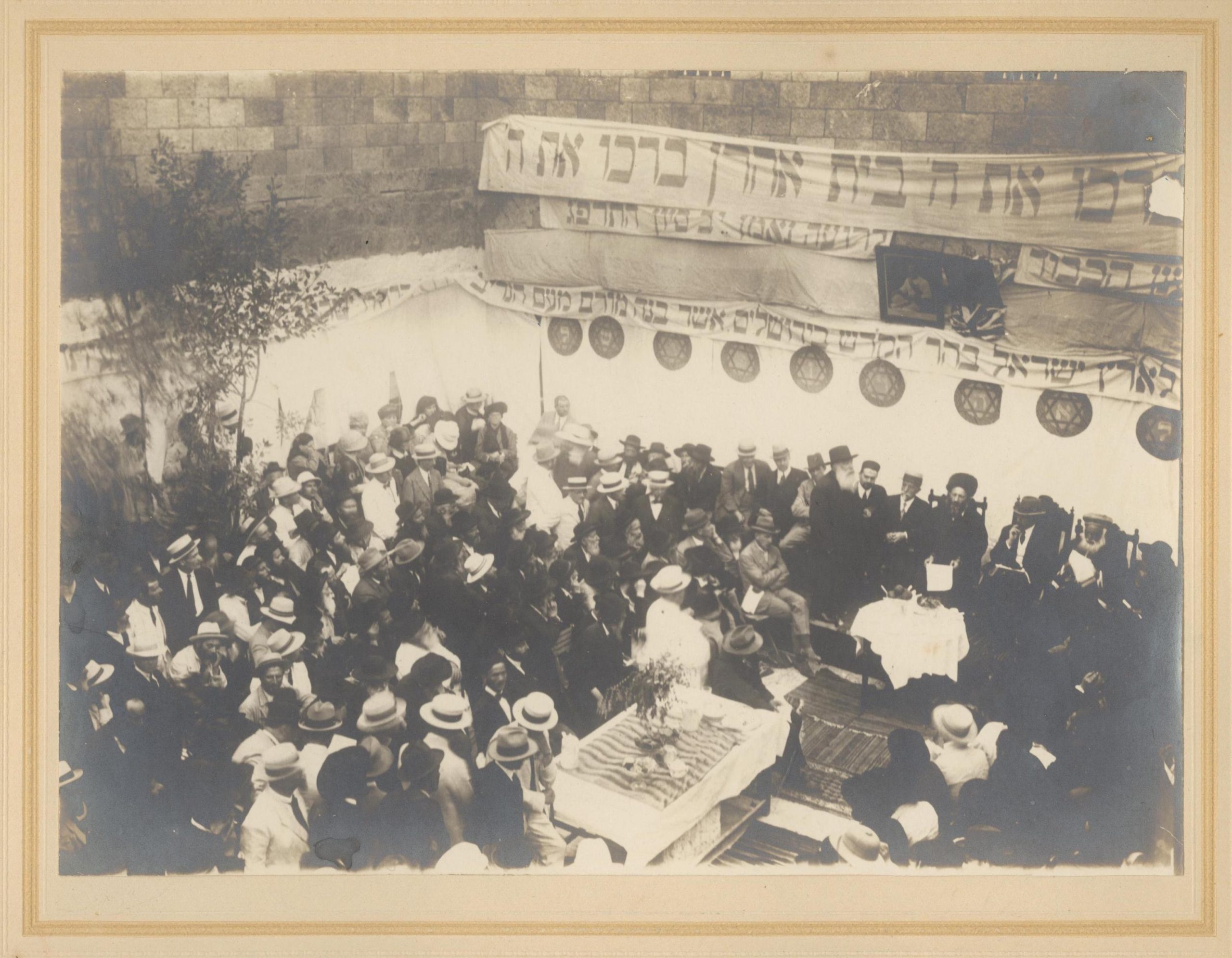“Studies show that one-third of Canadians admit to having been treated differently due to their age,” said Dr. Samir Sinha, director of geriatrics at Mount Sinai and the University Health Network Hospitals in Toronto.
Sinha, who is also a professor of medicine at the University of Toronto and the director of health policy research at the National Institute on Ageing, spoke on ageism in medicine and strategies for patients to combat this form of discrimination in a webinar presented by the National Council of Jewish Women of Canada (NCJWC) on June 6. He noted that the date of the webinar coincided with the start of Seniors Month in Canada, and shared that he was drawn to collaborate with NCJWC because Mount Sinai Hospital was founded 100 years ago “by a dedicated group of Jewish women.”
Sinha defined ageism, also known as age discrimination, as the act of imposing stereotypes, prejudice and discrimination on others or oneself based on age. He said the term was coined relatively recently, in the 1960s, even though it had existed in Canadian society long before then. He emphasized that “51% of Canadians agree that ageism is the most tolerated social prejudice, and 80% of Canadians agree that older adults (age 65+) are seen as less important than younger generations.”
This sense of diminished importance is commonly manifested in three forms: feeling ignored or invisible, being treated as devoid of value or contribution, and facing assumptions that seniors are always incompetent. Such experiences can have adverse psychological and emotional impacts, including social isolation, diminished trust in healthcare providers and negative self-perception. Sinha highlighted that although ageism may present itself universally, its impacts differ, and it “does not affect all older adults equally,” he said. Intersectionality, defined as the interconnected nature of social categories such as race, gender, age and more, can enhance the degree of ageism that a person faces, he said. In Canada, certain segments of the population are especially vulnerable, including immigrants or those born outside the country.
Narrowing in on Canada’s healthcare system, Sinha shared that healthcare professionals often hold ageist attitudes, perpetuating stereotypes that seniors lack agency and are frail, depressed or irritable. “This can ultimately manifest in undertreatment or overtreatment,” he said.
Undertreatment involves withholding resources or treatment options that would not be withheld from younger patients, while overtreatment refers to an exaggerated approach to patient care. Sinha said these issues were amplified during the COVID-19 pandemic, citing examples where older adults were denied access to ventilators due to assumptions about their life expectancies. This demonstrated the arbitrary use of age to determine life expectancy, he said, while other important health factors should also be considered.
Undertreatment is a key issue among patients with dementia – “many people in society consider dementia a normal part of ageing, but it is not,” said Sinha. He described the stigmatization faced by individuals living with dementia, which often leads to ageism in healthcare settings and subsequent undertreatment due to their condition. In cases like these, “labels can kill,” he said.
Referring to himself and his fellow geriatricians as a “rare and endangered species of physician,” as described by the New York Times, Sinha stressed the scarcity of geriatricians in Canada – only a few hundred among the country’s approximately 100,000 doctors. Nevertheless, he affirmed that “the few hundred of us have long advocated for older persons to be properly cared for in a health system that often does not adequately address their needs.” Further, he emphasized that “everyone has a role to play” in combatting ageism. This sentiment was echoed by Rochelle Garfinkel, manager of donor relations at NCJWC, who reminded the audience that “the tree planted today provides shade for future generations.”
“Eighty-five percent of the boomer generation wants their ageing experience to be different than their parent or grandparents,” added Sinha. He suggested strategies such as more comprehensive training for healthcare professionals and acknowledging the disproportionate impacts faced by marginalized groups.
In her introduction to the webinar, Linda Steinberg, NCJWC president, noted that defining the impacts of ageism will be central to NCJWC in the coming years. NCJWC is the oldest Jewish women’s organization in Canada, she said, and is currently comprised of five sections across the country’s major cities, including Vancouver.
Alisa Bressler is a fourth-year student at Queen’s University in Kingston, Ont. She is an avid reader and writer, and the online director of the arts and culture publication MUSE Magazine. Bressler is a member of the Vancouver Jewish community, and the inaugural Baila Lazarus Jewish Journalism Intern.



